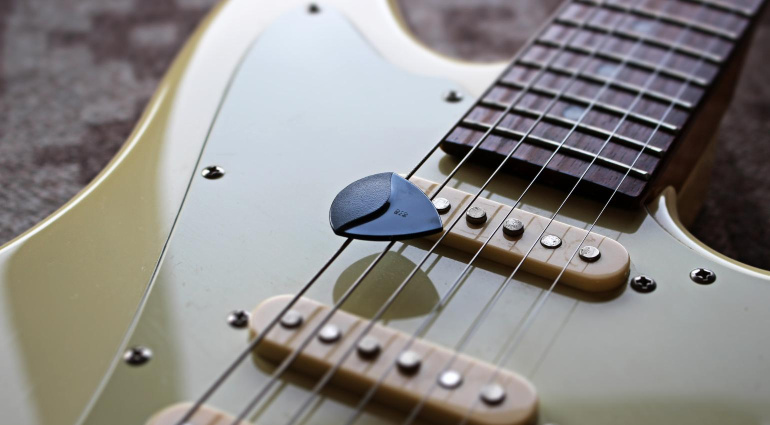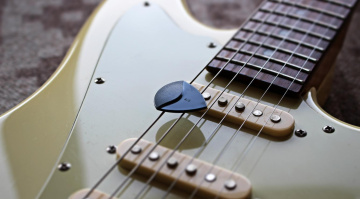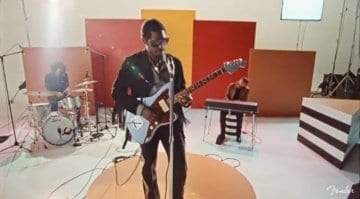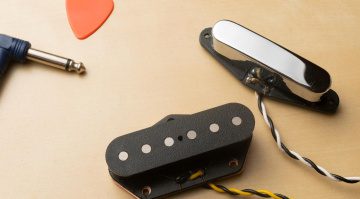Guitar Pickups: How to Use Them Effectively
To bridge or not to bridge
Let’s delve into using your guitar pickups effectively to enhance your tone and performance. We’ll look at tips and techniques for all players.
Guitar Pickups Guide
Guitar Pickups: What are they?
As a guitar teacher, I teach almost 50 students per week. And I’d go as far to say that half of those budding players don’t know what their guitar pickups do, or what they’re for.
Now, we don’t have to get all scientific, but they’re essentially a bunch of magnets that pick up the vibrations from the strings. For more of a detailed analysis, you can check out another guide called Guitar Pickups 101 here at gearnews.
Here though, we’ll be looking at which is which, and when it’s appropriate to use each of them. So, why not grab your electric guitar, and we’ll get a better of understanding of your guitar pickups.
Neck Pickup
Let’s start at the top. For these examples, we’ll be looking at a Stratocaster. Typically, these have three pickups.

We refer to the highest-up guitar pickup as the neck pickup. This is because it sits just underneath the guitar’s neck.
To select this, you’ll want to have the pickup selector switch flicked towards this pickup. Usually, you’ll have a warm and deep sound from this pickup. Appropriate for chord and rhythm playing. Telecasters and Les Pauls will differ as to where the pickup selector is, but they’re all the same in how they have neck pickups.
Bridge Pickup
By contrast, we also have the bridge pickup. This is situated just above the guitar’s bridge. Which, is the metal section at the bottom of the instrument that houses the strings.
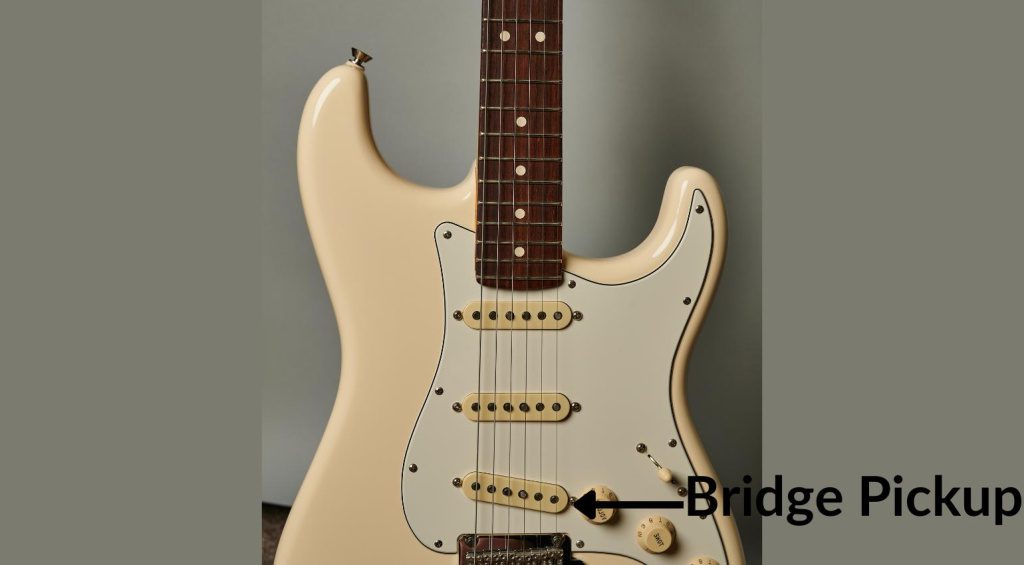
For this one, you’ll need to flick the pickup switch towards the bottom of the guitar. Or, the opposite end to the neck pickup.
Good for solos and riffs, the bridge pickup results in a sharper and brighter sound compared to the neck. Making it ideal for standing out on stage. You could think of it as the treble-orientated pickup, with the neck leaning towards bass tones.
Middle Positions
Now, you may have thought that I’ve missed one. Well, not quite! Situated between the neck and the bridge, on a Stratocaster, we’ve got the middle pickup. This is quite a cool one!
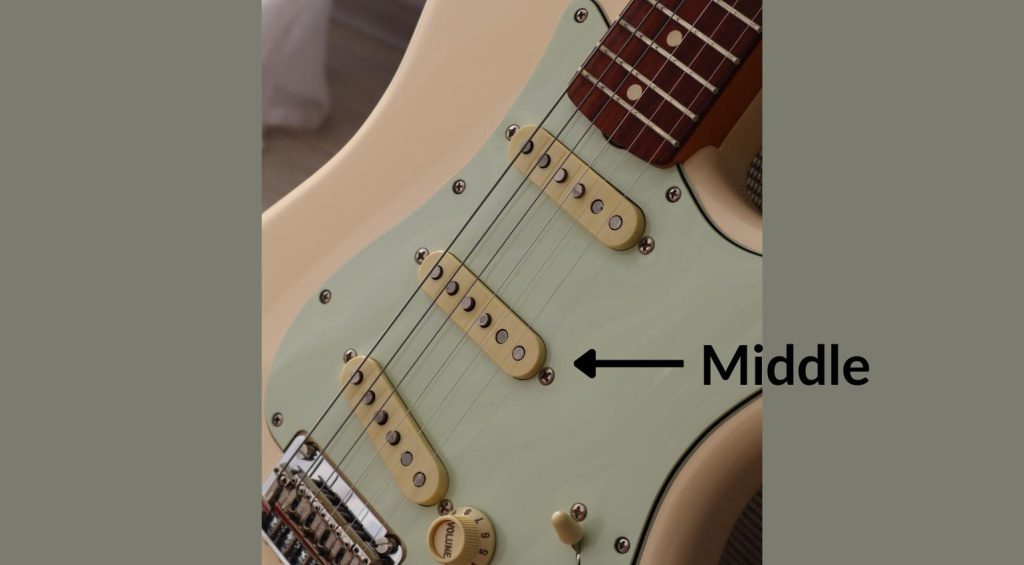
Now, this middleman can be used simultaneously with either the neck or the bridge pickups. Moreover, it can be used on its own too. How cool is that?
Strats have a 5-way pickup selector. But only 3 pickups? That’s because we can use the middle pickup on its own, in the middle selector position. However, we can also use position 2 to benefit the bridge and middle, or position 4 of the selector switch to blend the middle and neck pickups together.
- Position 1: Bridge
- Position 2: Bridge & Middle
- Position 3: Middle
- Position 4: Middle & Neck
- Position 5: Neck
Examples in Music
So, what difference does it all make? Well, take a quick listen to this Stevie Ray Vaughan number. Playing Fender Stratocaster, the driving rhythm works beautifully with the neck position.
Whereas, this Sultans of Swing staple uses the bridge pickup for the rhythm part. By contrast, you can hear the brighter tones.




Which octave, which pickup?
Now, this could be personal preference, but I like to switch which pickup I’m using depending on where on the neck I’m playing. Or, of course, what the song I’m playing actually sounds like.
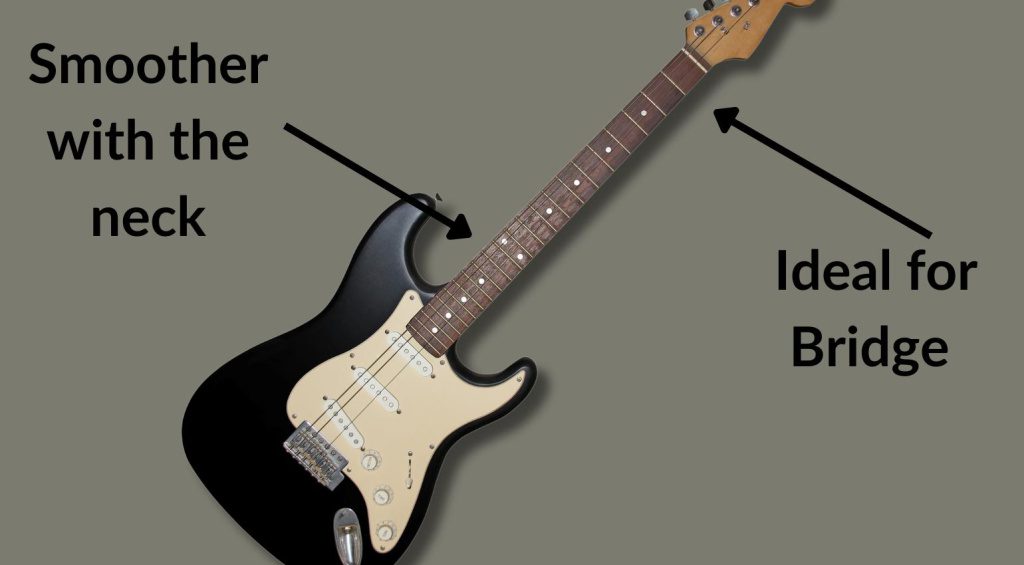
This could be on any electric guitar, whether it’s a Gretsch or a PRS, the physics are the same. Usually, riffs or improvised phrases at the top of the neck by the headstock sound more pronounced and defined when using the bridge pickup.
Whereas, when you’re noodling from the 12th fret onwards, the neck pickup just suits that part of the neck better. You get a nice glassy tone and avoids the notes being too harsh. It all depends on your playing style and desired impact.
Tone Controls
To conclude our look at guitar pickups, we’re going to take a quick look at the control knobs. Otherwise known as potentiometer pots, these govern the tone and output of the pickups.
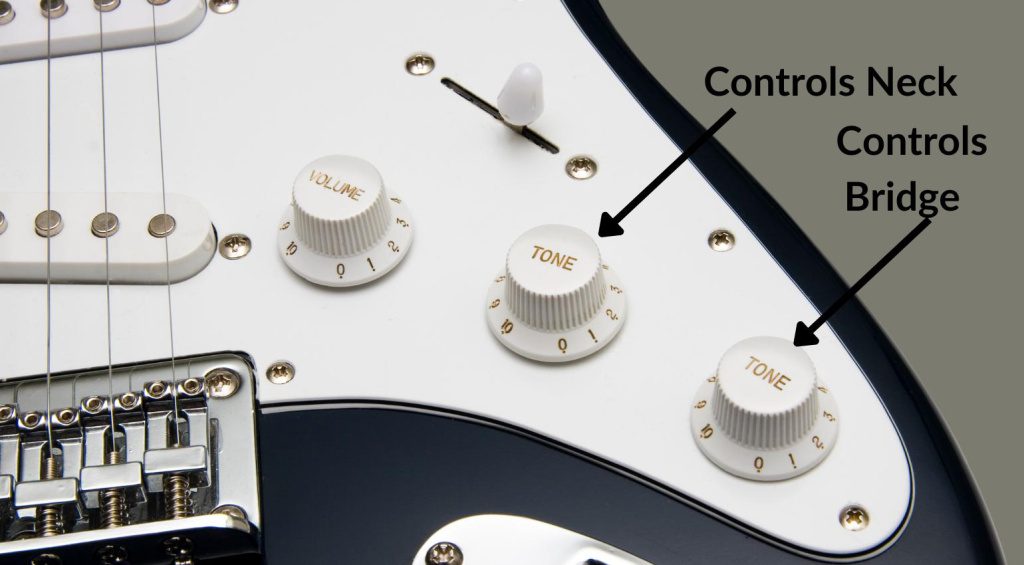
On a Stratocaster-style guitar, you get two-tone knobs. One operates the bridge and the other the neck pickup. Think of them like your bass and treble control, taking away some of the overall output of the pickups.
However, on a Telecaster, you just get one to govern the whole guitar. Plus, on a Les Paul you’ll have these bass and treble controls, but also individual volume controls for each pickup. This means that you could have your neck pickup louder or quieter than the bridge, for example. I find this feature useful for gigging on stage when switching between songs in the set list.
Different Guitars, Different Pickups
Now, depending on what guitar you have will vary which sort of pickups you have. Furthermore, there are loads of different configurations. Such as a Telecaster with a humbucker in the bridge, or an SG with P90s.
All available from Thomann, here are a bunch of examples that either stick to tradition or defy convention with cool guitar pickups:





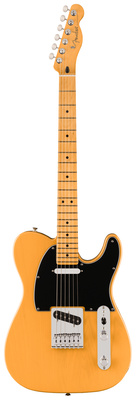






Videos:
Further Information:
*This post contains affiliate links and/or widgets. When you buy a product via our affiliate partner, we receive a small commission that helps support what we do. Don’t worry, you pay the same price. Thanks for your support!


 4,1 / 5,0 |
4,1 / 5,0 | 